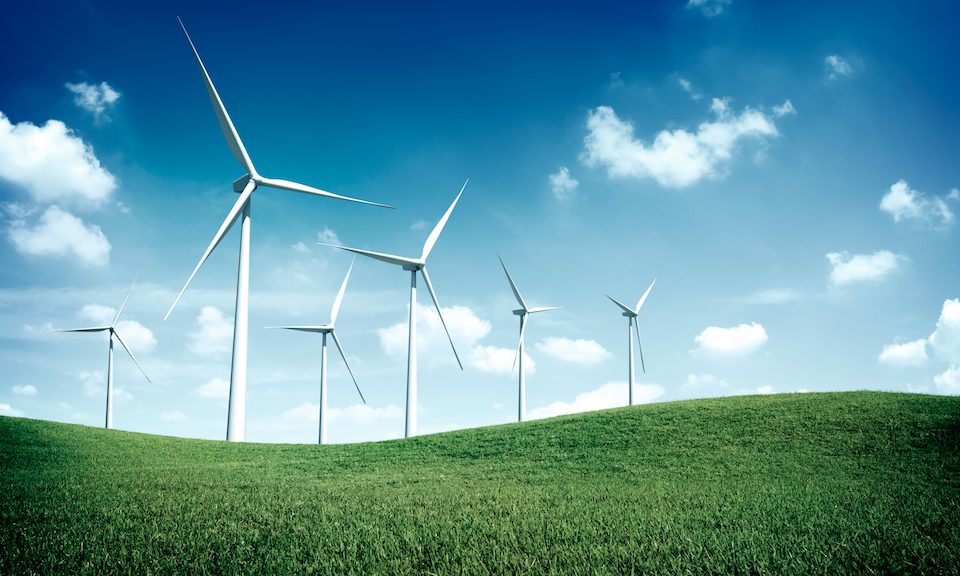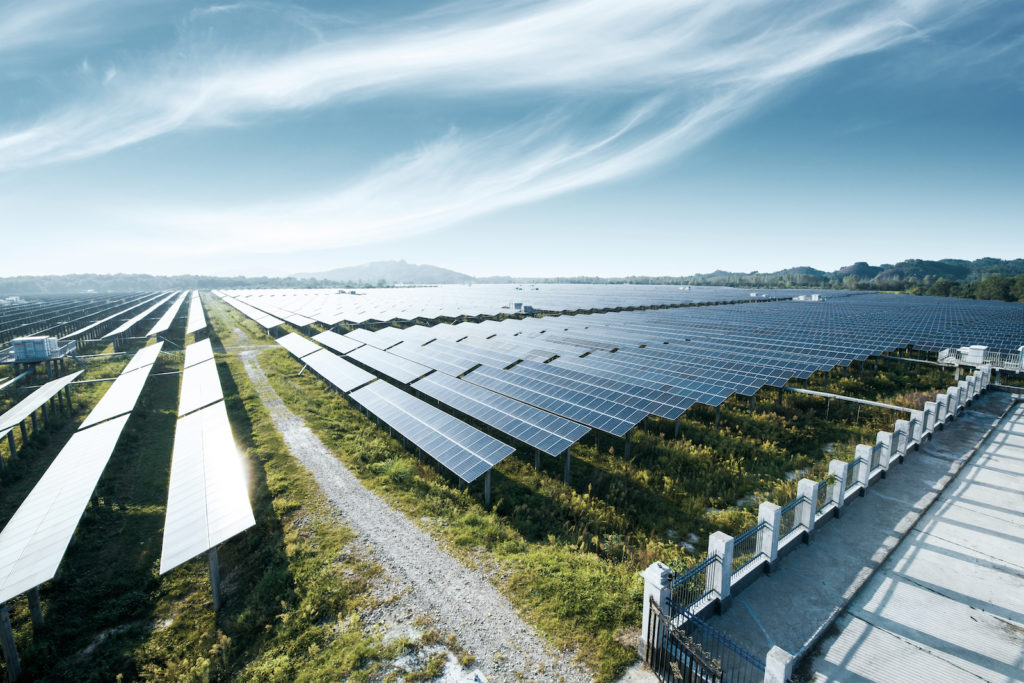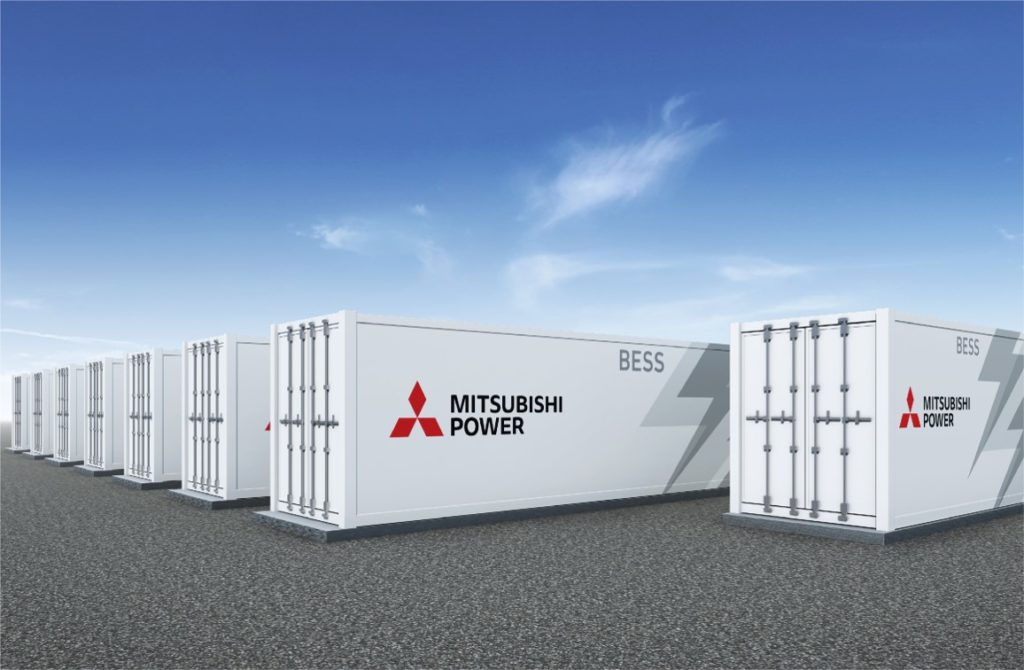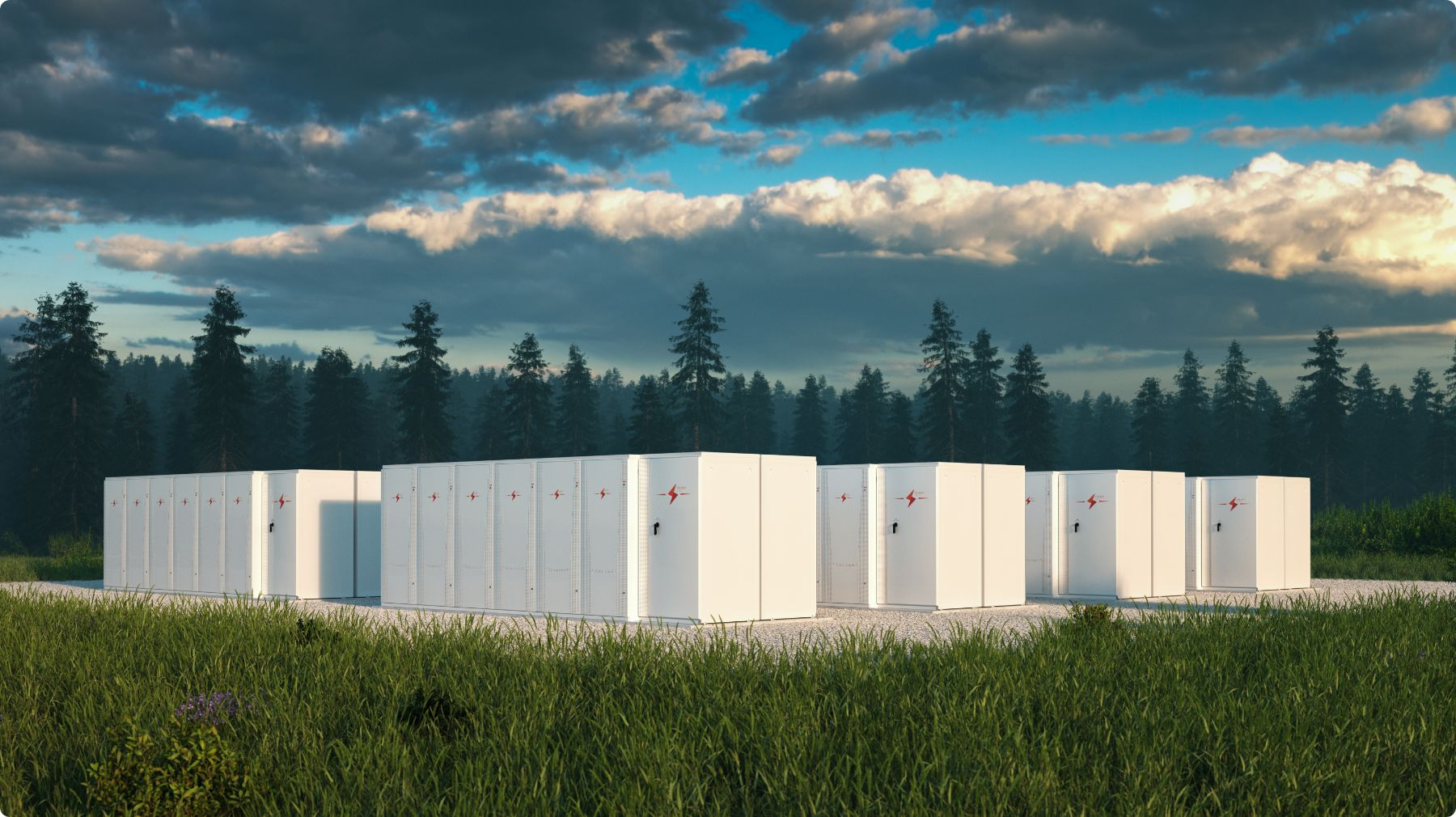110+ countries and 200+ of the world’s largest companies have pledged to achieve net zero carbon by or before 2050.
In a historic move, the world agreed to transition away from fossil fuels in energy systems at COP28. Including more than 50 major utilities.
At COP28, 50 oil and gas companies joined the Oil and Gas Decarbonization Charter, committing to net-zero operations by 2050 at the latest. These companies represent over 40 percent of global oil production.
It is on all of us to reach this critical goal, but the power industry must lead the way, enabling the electrification and decarbonization of the broader economy.
The question: How does the U.S. Power Sector achieve net zero by 2050?
By transforming how we’ve generated anddistributed power until now.
The industry needs a holistic and realistic plan. We must innovate to make meaningful progress today and create tomorrow’s reliable, cost-effective energy system.
Mitsubishi Power understands the solutions power producers need to navigate the energy transition: We are moving with a sense of urgency to develop them, while also working to ensure resource adequacy and affordability.
Power Requirements Throughout the Energy Transition:
Clean | Affordable | Accessible | ReliableOur Blueprint for Decarbonization
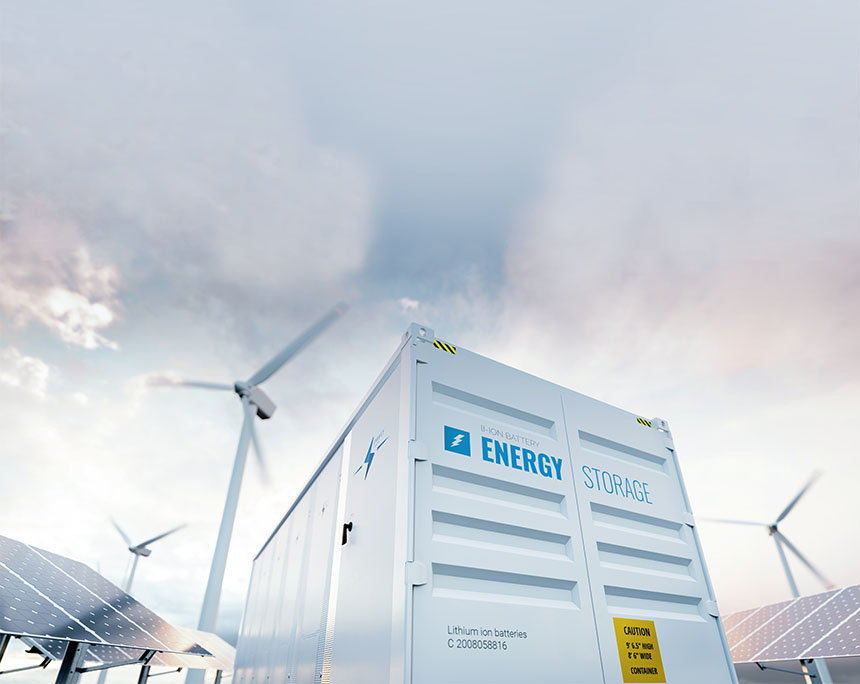
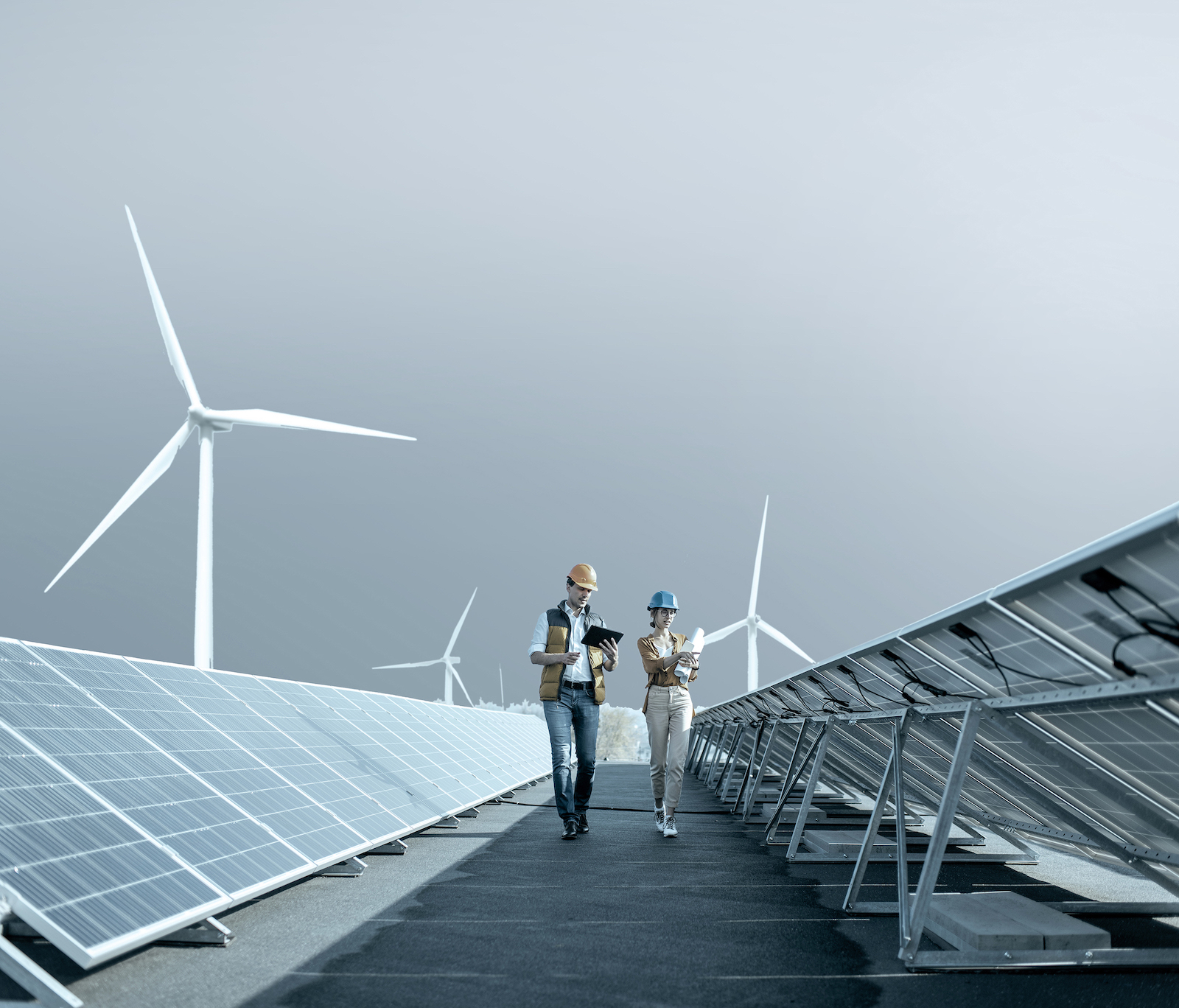
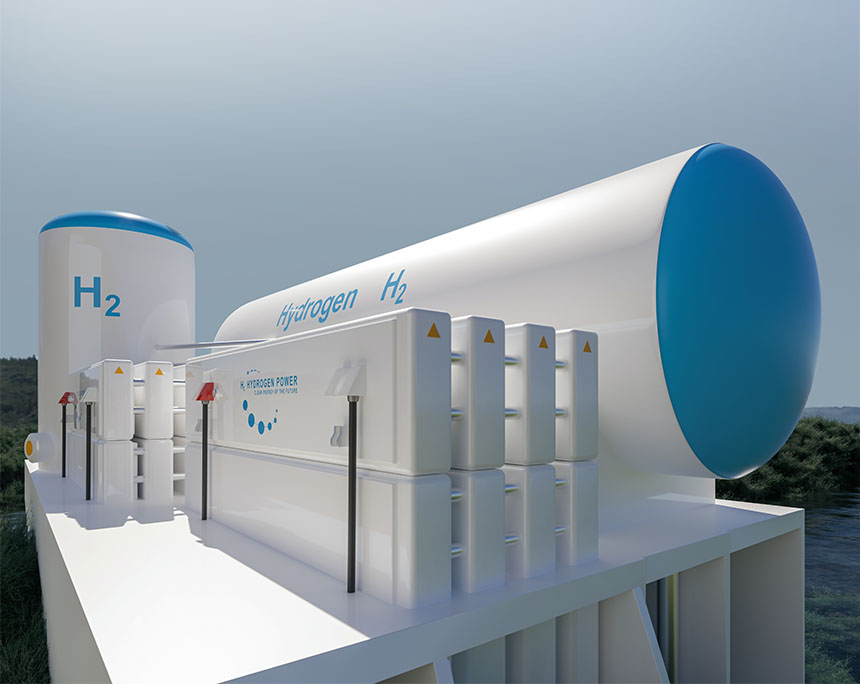
Ensure Clean, Reliable Electricity

As the industry adopts cleaner sources of power, reliability is essential.
To ensure the energy transition is seamless, power producers will need to:
This transition has been underway in the United States for the past 20 years and is the primary reason the power sector has already achieved a 40% reduction in emissions.
Over the next 15 years, we believe power producers will retire the remaining fleet of U.S. coal-fired power plants. States will shift production to cleaner methods at different rates, depending on local regulations and market conditions. Regardless of each state’s individual pace, momentum for replacing coal must continue. At COP28, 130 national governments committed to triple the world’s installed renewable energy generation capacity to at least 11,000 GW by 2030.
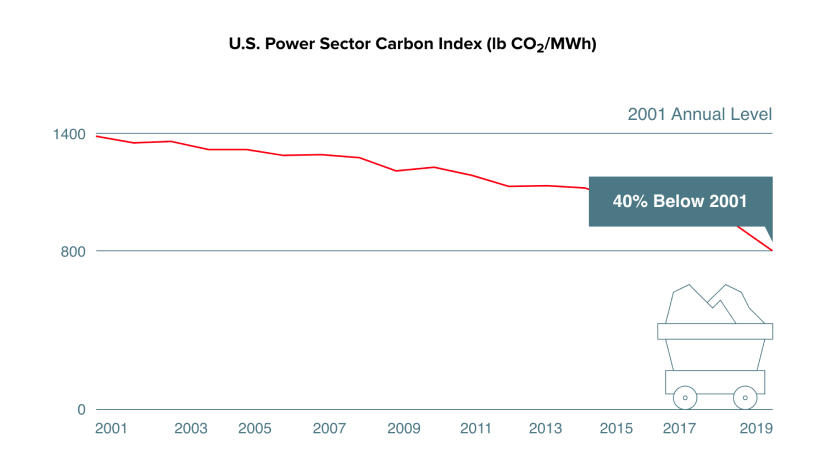
We will continue with rapid decarbonization, with an 80% reduction below 2001 carbon levels estimated by 2030. We will need energy storage of all durations to continue to rapidly decarbonize.
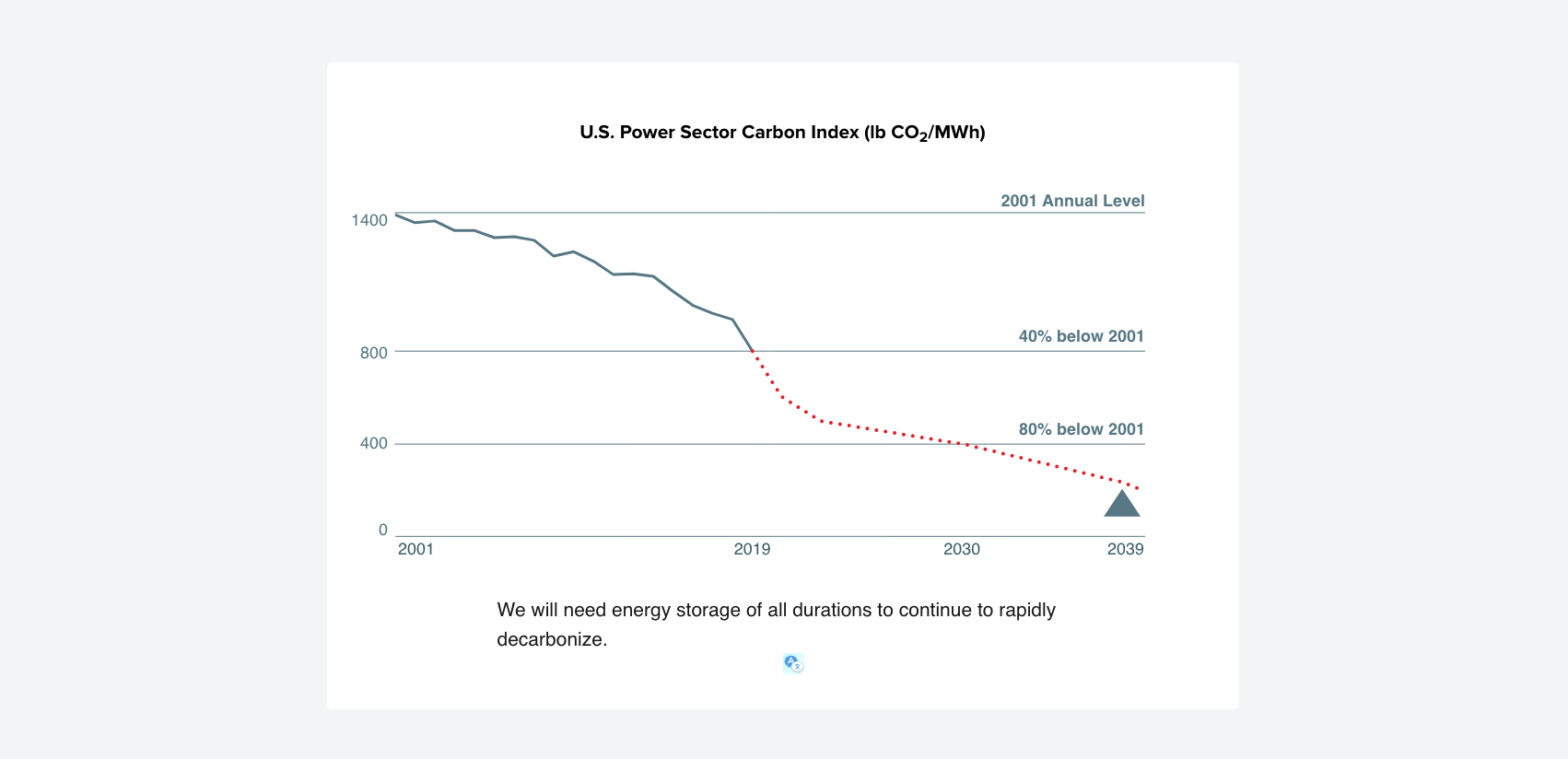
Storing energy from renewables for different periods of time allows states to tailor their individual transition. For instance, California’s renewables typically generate excess power during midday. By storing the excess for several hours in lithium-ion batteries, utilities can use this renewable energy in the early evening, during peak demand.
Texas, the largest producer of wind energy in the United States, uses these batteries for even shorter-term storage (an hour or less) to smooth out uneven generation from wind. Over time, we expect the power grid will look more like California and require both short- and long-duration energy storage.
The power industry will continue to increase renewable usage by installing longer-duration storage. Systems with high levels of renewables and short-duration energy storage rely on natural gas generation for resource adequacy. As these systems decarbonize, they will move from natural gas generation to long-duration energy storage. Long-term storage will allow utilities to store energy from renewables for hours, days, weeks, or even seasons after it’s produced, enabling them to respond to seasonal demand spikes as well as extreme weather events that can otherwise cripple the grid.
Generation from solar and wind increases rapidly over time, resulting in excess renewables and high rates of curtailment. However, adding long-duration energy storage in the form of green hydrogen results in less curtailment, without the need to overbuild renewables or battery storage. It also reduces the use of natural gas and further lowers carbon emissions to zero.
The key to long-term storage is green hydrogen, the lowest-cost solution. The technology needed is already under construction today.
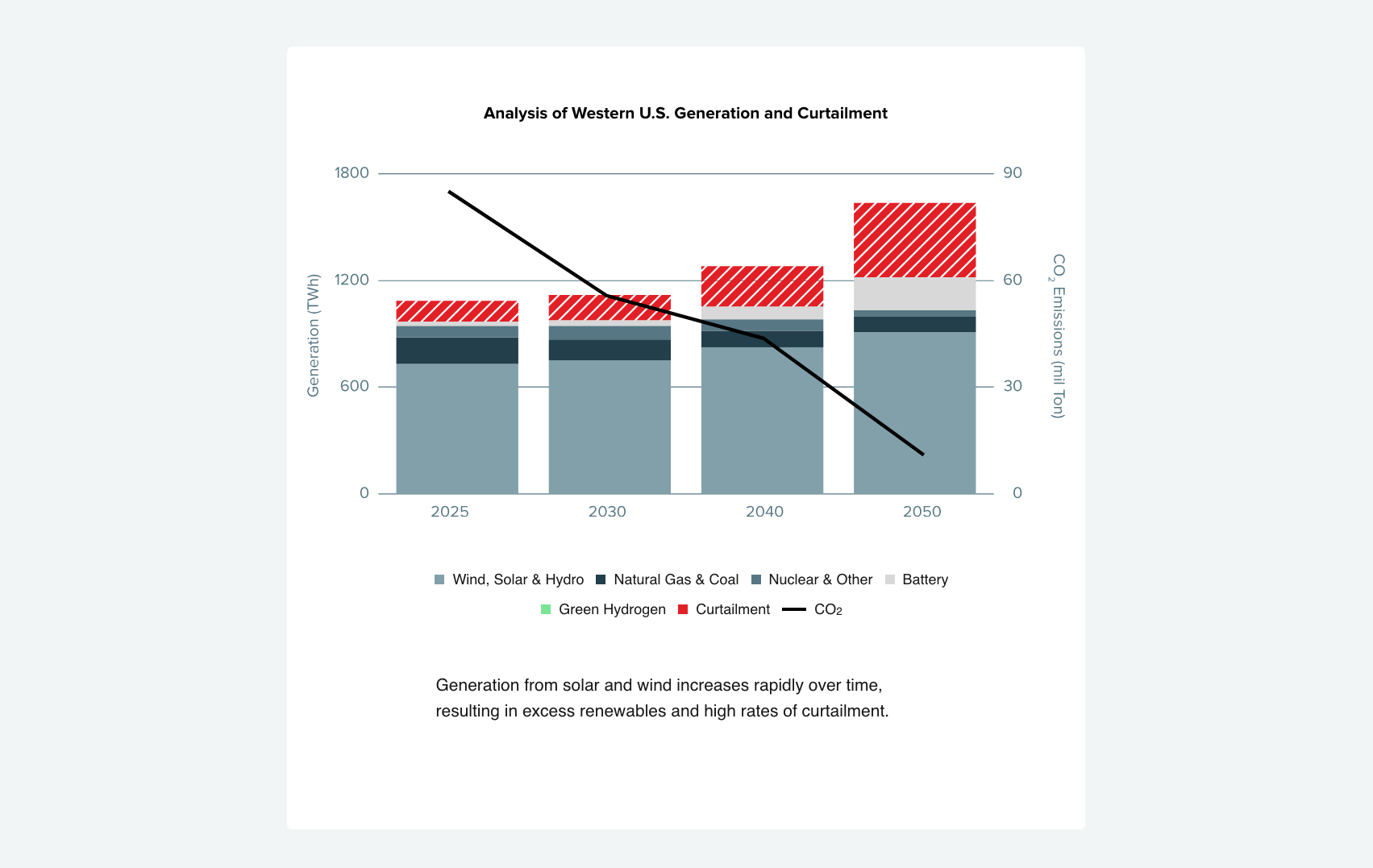
In Utah, Mitsubishi Power and Chevron are developing the Advanced Clean Energy Storage project, which will be the world’s largest energy storage facility. The project will produce green hydrogen and store it underground in salt dome caverns the size of the Empire State Building.
As we make long-term storage solutions available, we must scale up electrolysis, the process that uses renewables to split water molecules and produce green hydrogen.
The progression to clean, reliable sources of power means the industry can provide low-carbon or carbon-free power to other industries, enabling them to electrify with minimal or no emissions.
Electrification is essential for broad decarbonization. As sustainability becomes imperative throughout the economy, companies will look to electrify high-emissions areas such as mobility and heat. The global demand for electricity is expected to climb dramatically over the next three decades. At COP28, 25 global utilities and power companies committed to advance electrification, renewables-ready grids, and clean energy deployment by 2030.

With hydrogen production infrastructure in place, the costs of green and blue hydrogen will have dropped as the technology scaled. This makes hydrogen an increasingly affordable and available zero carbon fuel. It will be used to decarbonize other carbon-intensive and difficult-to-electrify industries such as steelmaking, long-haul trucking and air transport.
Hydrogen pipelines, located along highways, will make this clean fuel readily accessible, expediting the transition to hydrogen-powered cars and trucks. Carbon capture, utilization and storage (CCUS) can also be used to reduce emissions for any remaining fossil fuel needs.
For transportation, we’ll have dedicated renewable generation to produce hydrogen as a fuel. A green hydrogen fueling station will be a smaller facility, but it will have high utilization rates and high capacity factors for the electrolyzers, which bring down the costs.
By storing excess renewable electricity for the grid, the power sector will drive scale in hydrogen. We’ll have dedicated renewable generation to produce enough fuel, and these plants will require large electrolysis installations.
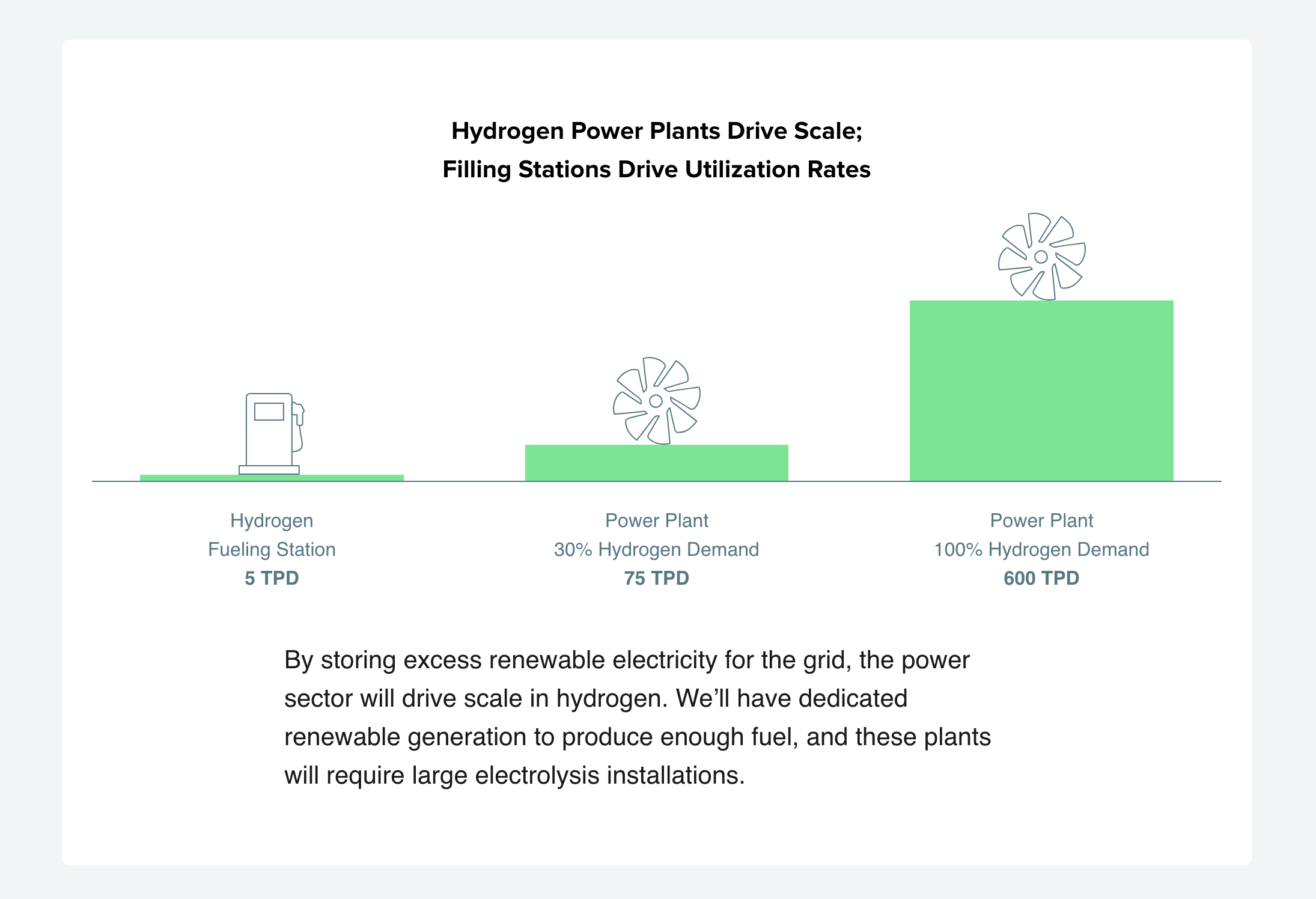
Coupling power and transportation gets us closer to lower-cost green hydrogen than having either industry do it alone.
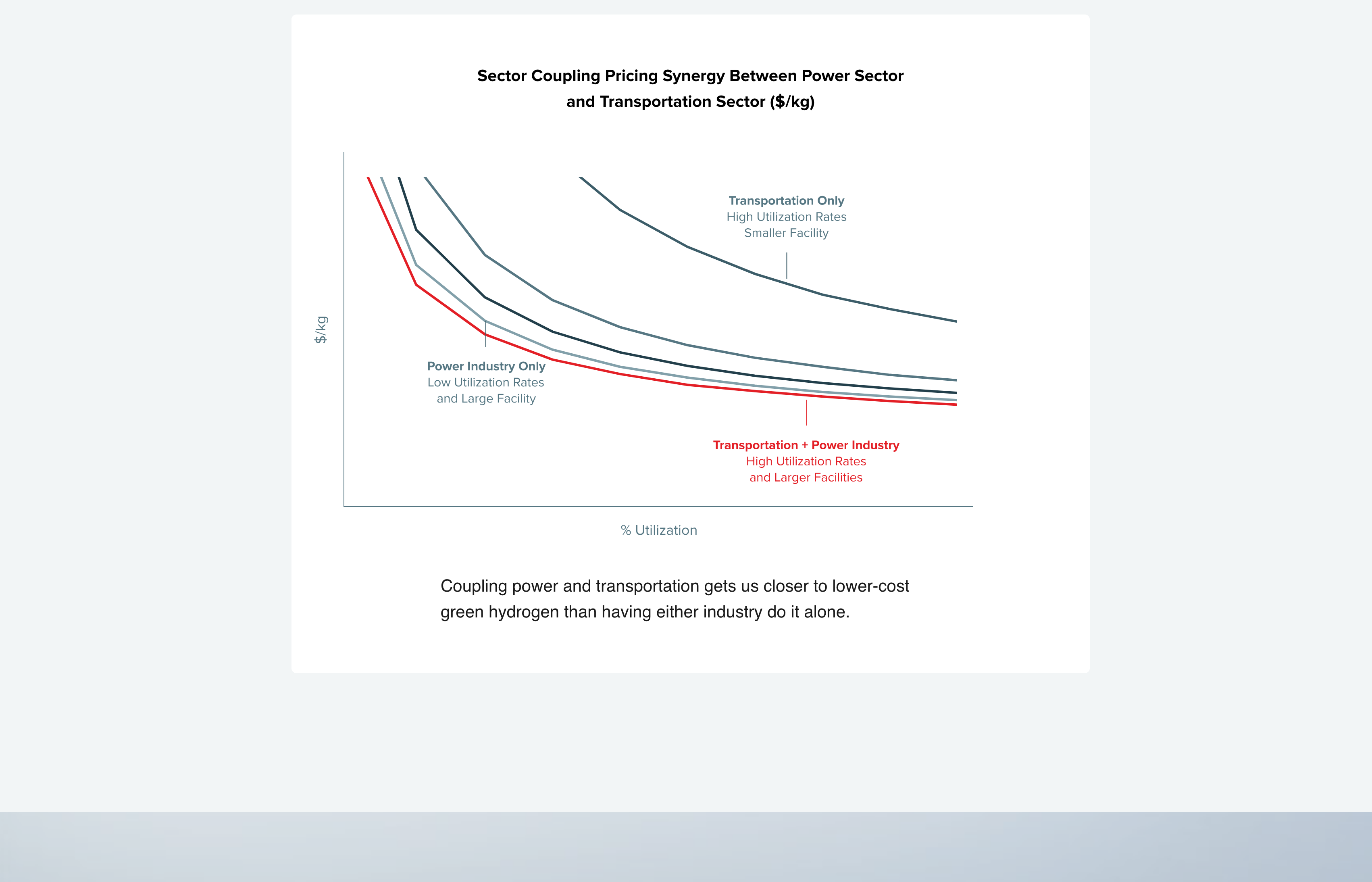
Incentivize Technology Adoption by Lowering Costs

We need a viable market for emerging decarbonization solutions, but cost is a major obstacle. They’re expensive — at first. We need to remember that we, the power industry, can impact pricing — and we should, starting with green hydrogen.
We’ve done it before.
Green hydrogen is at the same inflection point on the cost curve in 2021 as previous technologies were before pricing improved:
The power industry should leverage seven drivers of lowering the cost of green hydrogen, to stimulate adoption.
- 1. Industry Scale
- Manufacturing volume effect. Applies to the scale of electrolysis, use of automated manufacturing
- 2. Renewable Power
- Leads to lower prices for electricity to power electrolysis and supports more renewable integration
- 3. Sector Coupling
-
- H2 stored for power generation also becomes available for transportation, steel and concrete manufacturing, etc.
- Capital for hydrogen production distributed over multiple sectors
- 4. Government Incentives
-
- ITC, PTC, carbon tax for investment
- Electric tariff and policy supporting hydrogen generation for cheap electricity
- IRA tax credits and provisions for clean hydrogen
- 5. Geography
-
- Regional renewable policy
- Storage needs and summer/winter peaks needs
- 6. System Optimization
- Optimized renewables build and BESS, leading to overall optimized system across sectors
- 7. Technology
-
- Turbine materials, combustor technology
- Improvement in electrolyzer efficiency
According to McKinsey, by 2030, green hydrogen could be as cheap as gray hydrogen, which is more commonly used today but not emissions-free.
By removing the economic hurdles for a variety of solutions, we create an expanding and viable market for decarbonization.
Foster Unprecedented Collaboration

While we’re transforming the power industry, we need to produce far more power over the next three decades than we do today... nearly double to meet future demand.
We seek to combat climate change but also advance human prosperity with energy equity, new jobs and economic growth. We need to convene and collaborate with businesses, policymakers, NGOs and communities like never before to realize this dual mission.
The energy transition requires both existing and new technologies — from carbon storage and gas turbines to lithium-ion batteries, photovoltaic systems, hydrogen production and storage, and fuel cells. We must be open to many paths to net zero and be determined to create new ones. It’s how we, as an industry, will be the beneficiaries, and not the victims, of change.
Industry leaders need to be entrepreneurial collaborators. Innovative ideas can come from anywhere, so it’s critical to encourage creative thinking and demonstrate that we embrace new ways of solving old problems. Entrepreneurship is a contagious way of thinking and working — and we want it to spread, to generate ideas from all corners of the industry to achieve this big, bold goal.
Together, we can create a Change in Power.
Join us on this journey to achieve decarbonization.



